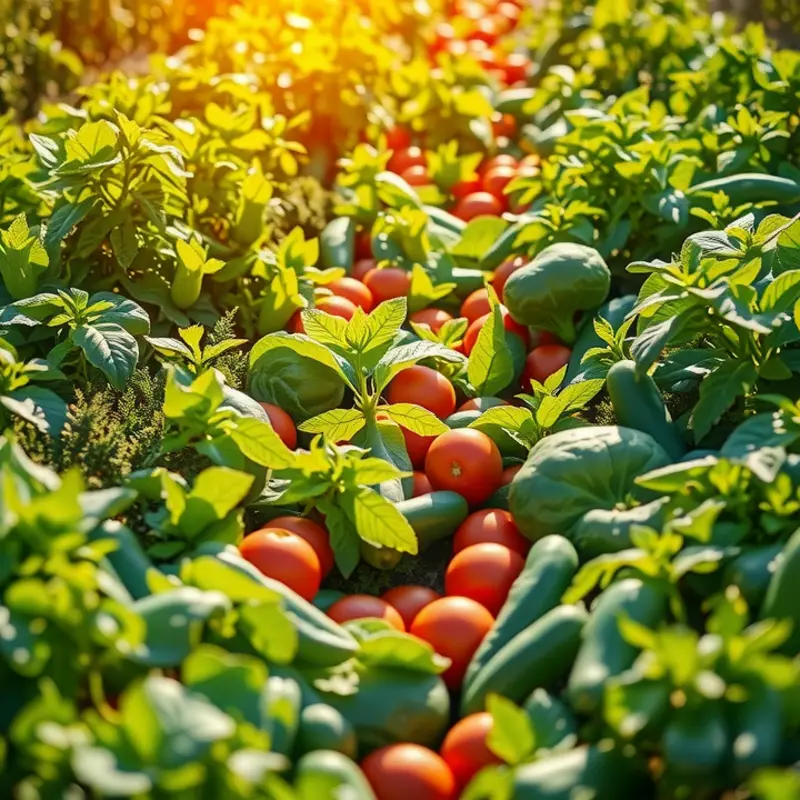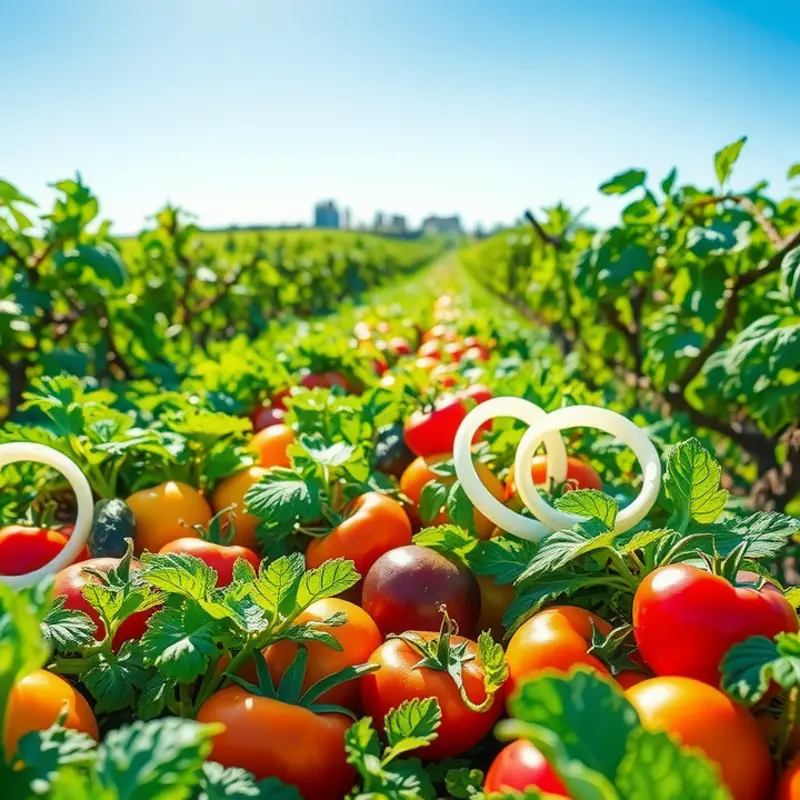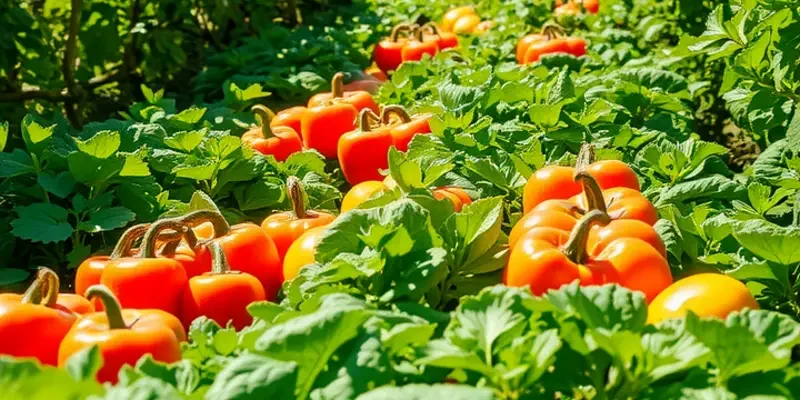Creamy mashed potatoes are a beloved comfort food, known for their velvety texture and rich flavor. Improving your mashed potato game is easier than you think, and with a few key techniques and ingredients, you can create a side dish that’s not only creamy but also a highlight of any meal. Let’s explore how to make your mashed potatoes the envy of every holiday table.
Choosing the Right Potatoes

Not all potatoes are created equal when it comes to crafting the ultimate creamy mashed potatoes. The variety you choose will significantly impact texture, flavor, and overall creaminess. Let’s delve into what makes certain potatoes the champions of the mashed world.
First, consider potato starch content. Potatoes are categorized into three primary types: starchy, waxy, and all-purpose. Starchy potatoes like russets have a high starch content and low moisture, making them perfect for achieving a fluffy and creamy consistency. They break down easily when cooked, absorbing butter and cream effortlessly. On the contrary, waxy potatoes such as red potatoes possess lower starch levels and retain more moisture. Their firm structure holds up well in soups or potato salads but can lead to a gluey texture in mashed preparations. All-purpose potatoes like Yukon Golds strike a balance, offering moderate starch content. They are versatile and can produce a plush, buttery mash, especially appealing for those who favor a richer taste.
The next consideration is the potato’s skin. Thin-skinned varieties eliminate the need for peeling, ensuring a streamlined prep process. However, for a silk-like finish, removing the skin before mashing is ideal. This step prevents any fibrous pieces from sneaking through the fine texture you aim to achieve.
Selecting fresh, high-quality potatoes is essential. Visual inspection is key: avoid those with green tinges or budding sprouts, signs of solanine presence and starches converting to sugars, respectively. These changes compromise both flavor and nutritional integrity. For a deeper dive into maintaining produce quality, explore safer storage practices.
Potato size and uniformity influence cooking consistency. Smaller potatoes or those cut into uniform pieces cook evenly. Uneven cooking can result in chunks that remain undercooked or dissolve into waterlogged bits. Start with cold water and bring it to a boil gradually to help potatoes cook evenly through.
Lastly, consider the desired outcome. Experiment to find the preferred balance of fluffiness to creaminess. Some may prefer the lightness of russets alone, while others enjoy the buttery depth of a russet and Yukon Gold blend. This experimentation can be part of the joy of crafting your perfect mashed potatoes.
In summary, the potato variety you select is foundational to creating indulgent, creamy mashed potatoes. Opt for higher starch varieties like russets for ultimate creaminess, and remember that fresher, uniform potatoes yield the best results. Continue exploring potatoes and their culinary versatility to master the art of mashed perfection.
Mastering the Cooking Process

After you’ve selected the perfect potatoes, often a starchy variety like russets or Yukon golds, you’re ready to master the cooking process. Precision in boiling, mashing, and mixing is critical to achieving that creamy texture. Follow these step-by-step instructions for silky perfection.
Begin by peeling your potatoes and cutting them into even chunks. Consistency in size ensures uniform cooking. Place them in a large pot and cover with cold water. Starting with cold water allows the potatoes to cook evenly and prevents the outside from becoming mushy before the center is done. Add a generous pinch of salt to the water. This begins the seasoning process, allowing the salt to penetrate the potatoes as they cook.
Bring the water to a gentle boil over medium-high heat. Once boiling, reduce the heat slightly to maintain a simmer. Avoid a vigorous boil, which can cause the potatoes to break apart or cook unevenly. Check for doneness by piercing a potato piece with a fork; it should meet little resistance.
Drain the cooked potatoes promptly to stop them from overcooking. Let them sit for a moment to release any remaining steam, as excess moisture can lead to watery mash.
Now, move on to mashing. For a smoother texture, consider using a potato ricer or a food mill. These tools help avoid lumps and result in a fluffier mash. If you prefer some texture, a traditional hand masher works well. Mashing is best done while potatoes are hot to ensure easy incorporation of other ingredients.
Once mashed, it’s time to add the creams and fats. Begin by warming your butter and cream over low heat. Warm ingredients incorporate more readily into the potatoes, maintaining their heat and creaminess. Gradually fold the butter and cream into the potatoes with a rubber spatula or wooden spoon. Use gentle motions to avoid releasing too much starch, which can make the mash gluey.
Season with salt and white pepper to taste. White pepper maintains the creamy appearance, avoiding specks of black. Taste as you go, adjusting for your preference. For those looking to enhance flavor without salt, consider flavor boosters like roasted garlic or fresh chives.
For differing dietary needs, non-dairy options like olive oil or plant-based creams can provide similar richness and should be added in the same manner as their dairy counterparts.
By understanding each step of the cooking process—boiling, mashing, and mixing—you’ll consistently achieve perfect mashed potatoes. Keep these tips handy and experiment with the balance of flavors and textures that work best for you.
Final words
Perfecting creamy mashed potatoes is all about selecting the right potatoes and mastering the cooking process. With these tips in mind, you’ll create irresistibly smooth, buttery mashed potatoes that will leave your family and friends craving more. Remember, the secret lies not just in the ingredients, but also in how you treat them. So, roll up your sleeves, get cooking, and enjoy the delightful results of your hard work. Your culinary journey to the ultimate comfort food has just begun.







